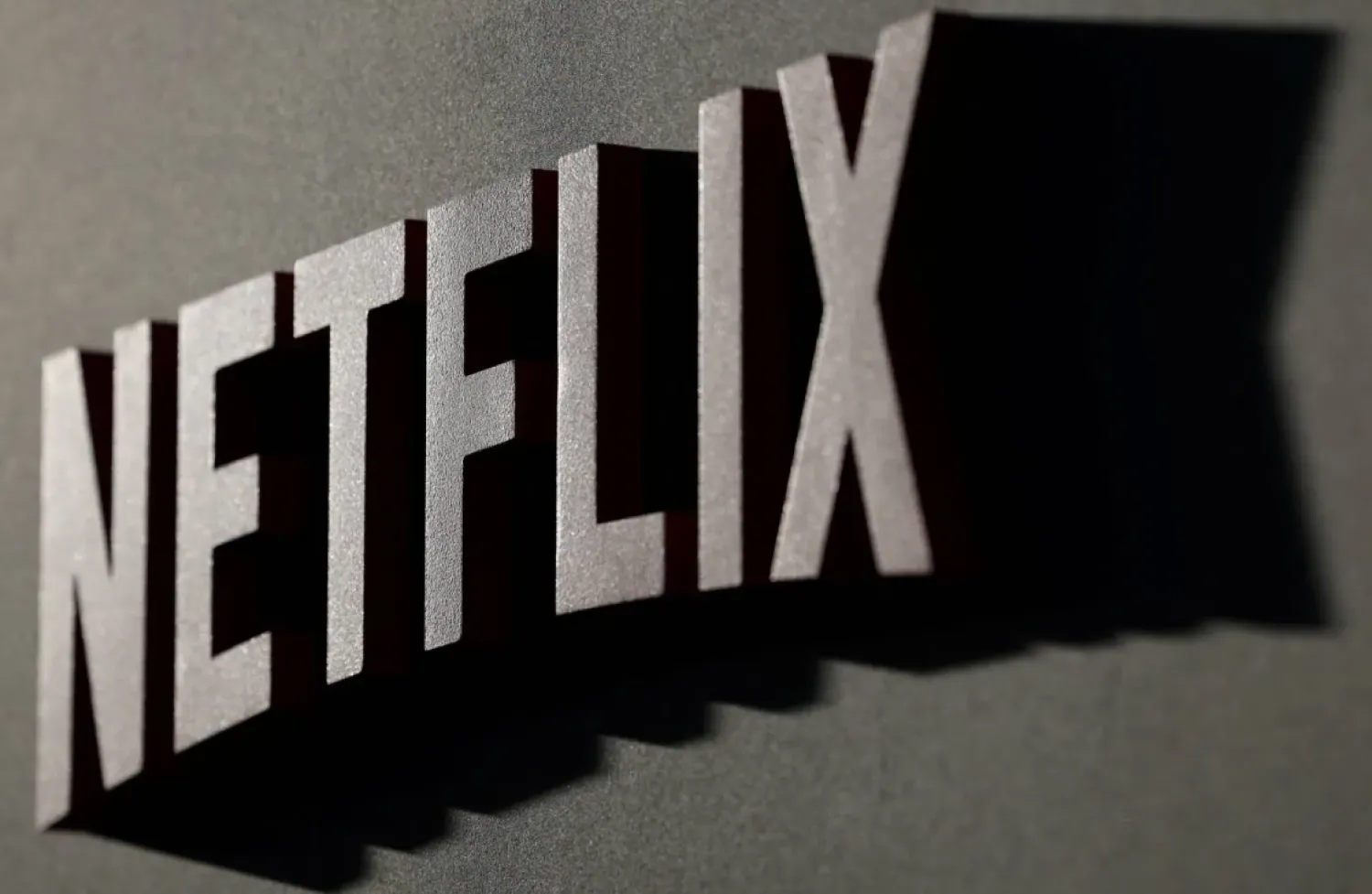Opening on September 30, the Oscar Museum dedicated to the magic of movies, will be screening the 'The Wizard of Oz', and featuring a live musical orchestra from the American Youth Symphony, reported AFP news agency.
Also on the opening weeks' schedule are a "Malcolm X" screening for museum members featuring Spike Lee and Denzel Washington, and showings of all Japanese Hayao Miyazaki's films.
Dedicated to the magic of movies and first dreamt up almost a century ago, the museum, designed by Italian architect Renzo Piano, was scheduled to open in 2017. However, it was delayed many times, and the coronavirus outbreak further delayed it last year.
Equipped with the latest techniques, a cinema venue, which accommodates up to 1,000 seats, is built inside a giant ball made of glass, steel, and concrete. It's located next to the museum, and linked to it with high corridors.
The museum is aimed at introducing visitors to the history of cinema, its creations, and the techniques used in movie making.
The 28,000 square meter- museum -- including 4,500 square meters of gallery space -- is set to host iconic Hollywood treasures such as a the ruby slippers worn by Judy Garland in 'The Wizard of Oz," gown worn in "Cleopatra" (1934) and a Stanley Kubrick's "2001: A Space Odyssey" spacesuit.
Most California coronavirus restrictions have been lifted, although Los Angeles County recently reinstated mandatory indoor mask wearing even for the vaccinated.









